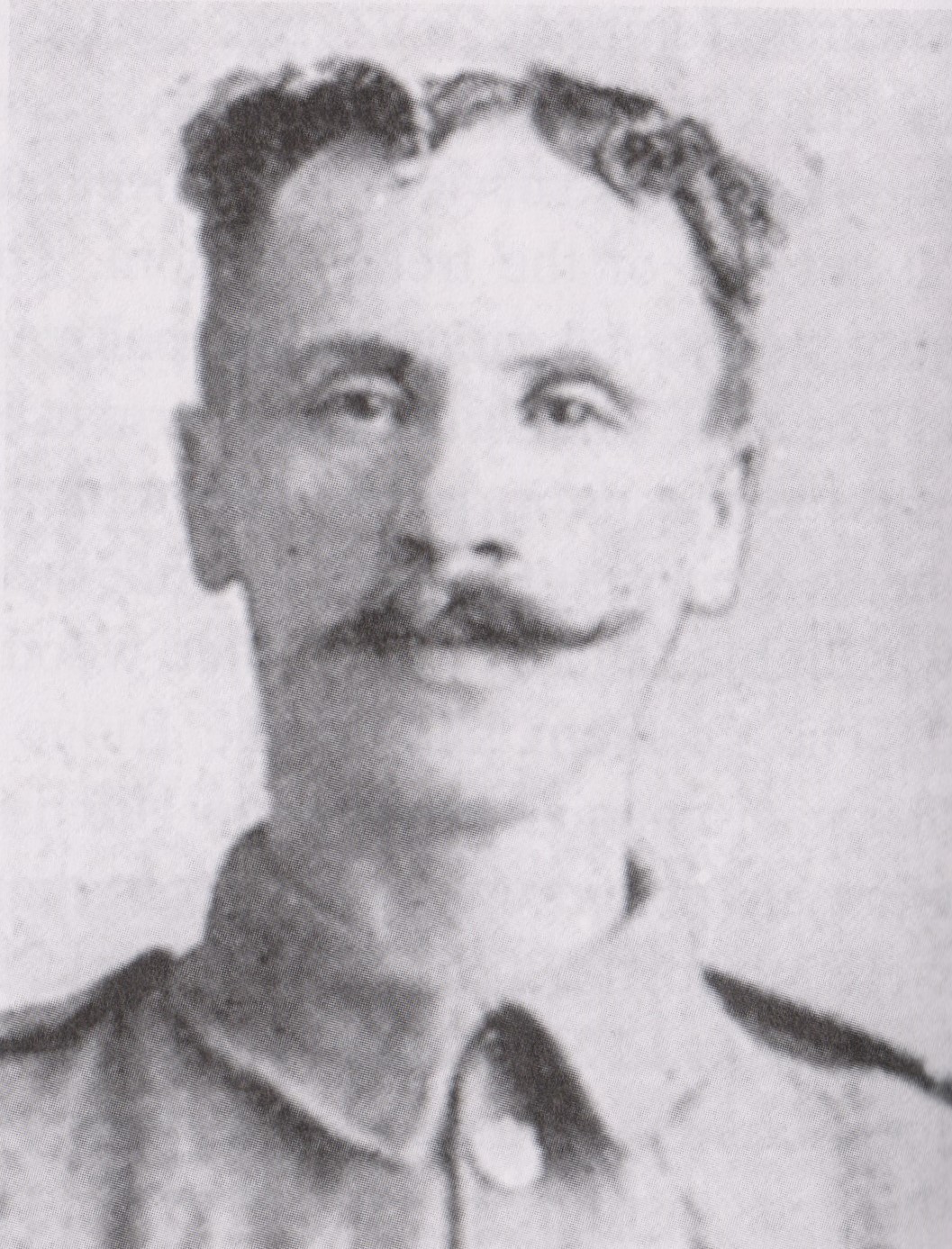
John was born in October 1876, the eldest son of Warrin and Ellen Mitton of Hawes. His father Warrin was both a joiner and a farmer. John married a girl from the Leyburn area, Mary Teresa, in July 1905 and had two daughters. Before joining the Army he spent four years as a postman in Raydaleside and previous to that, for about 14 years, a rural postman at Finghall near Leyburn. It was while he was there he got married. On leaving Finghall the people on his round presented him with a marble clock, pipe and a pouch containing some money. Needless to say he was a very well liked postman!
He played for Hawes football team for many years, and for two years the club secretary. He was a fine billiards player and a member of Hawes Church choir. John was described as a cheery likeable chap.
John enlisted at Leyburn joining the 2nd Battalion Yorkshire Regiment and embarked for France at the end of July 1916. On April 7th 1917 the Battalion readied itself for the Arras Offensive which was due to start on the 9th. Private John Mitton was killed on that opening day. He was 40 years old.
John is buried in the Neuville-Vitasse Road Cemetary, SE of Arras.
Explore more memories from the ribbon
-
2nd Lt. Hadow
Gerald Francis Hadow was born in Scarborough in 1895, the son of Colonel A de S Hadow of the XIX Regiment of Foot (the Green Howards). He was commisioned as a Second Lieutenant on 15th August 1914 and promoted to Lieutenant in March 1915. His first actions were at the battles of neuve Chapelle and Festubert. His death at Givenchy on 15th June 1915 was recorded at the time: “He had reached the German barbed wire and finding he was practically alone, returned to his own trenches, which he reached untouched. Here he found his captain killed and all the other officers dead or wounded. His company went into action 180 strong and had 142 casualties. he returned to report to the C.O. and on the way, was struck on the head by a piece of shell. A captain under whom he served wrote; ‘I feel I have lost a young friend whom I had got to know and tested in perhaps the most severe time – war time – and he never failed. He was such a gallant little fellow and quite ready to die for the good cause.’”
-
Percival Dunning
Percival Dunning was born in 1889 in Thormanby Yorkshire. By 1901 he is listed as Perewal Dunning residing in Coxwold Easingwold. He is living in his grandfather’s (Frances Dunning) house who is a plate layer ganger with North eastern railways. A plate layer’s job was to inspect and maintain railway tracks. Percival attested in Richmond on the 26th of February 1906, at that time his occupation was as a farm labourer. He was 17 years of age, weighed 114 pounds, and had hazel eyes and brown hair. It was noted in the ledger that he was flat footed and had an old injury to the end of his right long finger. He was initially posted to the 4th battalion. In the regimental gazette he is recorded as being wounded towards the end of 1915. The 2nd Battalion were deployed in the Givenchy and Essars area. The Commonwealth War Graves Commission states that Private Dunning was killed in action on the 7th of June 1917. He is commemorated on the Menin Gate Memorial (panel 33). He also remembered on the memorials at St Michael’s church Coxwold and the King’s book at York minster.
-
Maud Florence Hoare
Maud Florence Hoare Maud was living in Ashford in Middlesex when she enrolled as a VAD for the British Red Cross. She joined in January 1915 and was stationed at the Military Hospital Catterick Camp. Maud spent approximately a year at Catterick Camp. Stationed from 15th January 1918 until the 9th of February 1919. This information, provided by Alathea Anderssohn has been drawn from the Imperial War Museum’s ‘Lives of the First World War’ archive.
